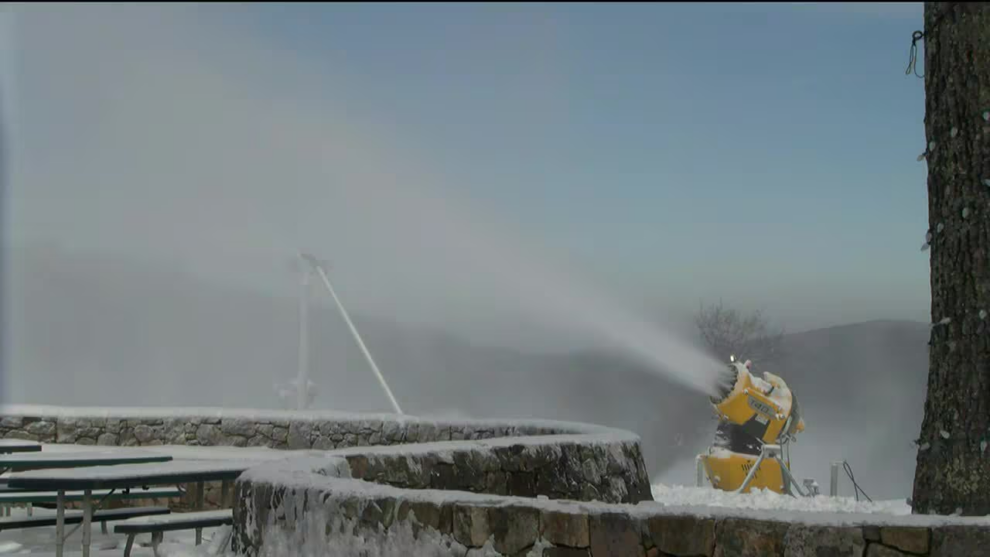RICHMOND, Va. (WWBT) – A seasonal outlook is the most challenging forecast, but the 12 On Your Side First Alert weather team is on a roll with our winter weather outlooks. Last year at this time, meteorologist Andrew Freiden predicted less snow than average for central Virginia.
“We expect we’ll get a below average year,” said Andrew Freiden in December 2022. That prediction was spot on. The winter of 2022-2023 was not only below average for snowfall, but it tied for the least snow ever on record in Richmond, with just a trace of snow on Groundhog Day.
It was not just last year that was below average. Snow lovers have been disappointed for several years. Each of the previous four winters brought less snow than Richmond’s average seasonal snowfall of 8.8 inches.
There’s a big difference this year. For the first time in five years, El Niño is back. El Niño refers to warmer-than-average water temperatures near the equator in the Pacific Ocean. It changes the weather pattern over North America, with an energized, more active southern jet stream bringing frequent areas of low pressure across the southern U.S.
The El Niño-fueled, active jet stream explains why the Climate Prediction Center expects above-average precipitation for the southeast this winter.
Many of those storms will bring rain, but when storms track over North Carolina or just east of Virginia, RVA is on the cold side of the storm. That’s the perfect spot to get snow.
Looking back at Richmond’s climate history since 1950, El Niño winters tend to be snowy, with average seasonal snowfall around fourteen inches. El Niño is the snowiest of the three phases of the Pacific Ocean’s climate pattern for central Virginia. La Niña, which happened the last three years in the Pacific, tends to be the least snowy for RVA. When there is no El Niño or La Niña, winter conditions are more variable.
El Niño is not the only factor we look at for our outlook. Warmer than average temperatures are expected across much of the U.S. this winter due largely to global warming. There will still be bouts of cold and snow, but cold blasts become less frequent in a warming world. That’s especially true in Virginia, where a few degrees warmer can mean the difference between snow and cold rain when temperatures rise above freezing.
We expect winter will start slow with a mild December. A colder airmass will likely arrive around the start of 2024, so January will turn colder with increasing chances of wintry weather.
February looks like the month snow lovers should circle on their calendars. Most of our long-range climate models have keyed in on February as a month that will bring big troughs (dips) in the jet stream, plunging cold air into the eastern U.S., a pattern that’s ripe for snow.
This chilly pattern could even linger into March, with an additional late winter snowfall possible. When all is said and done, we expect El Nino’s influence will bring our first snowier-than-average winter in half a decade, from 2018 to 2019.
We predict above-average winter snowfall, with seasonal totals of 10 to 18 inches in RVA. The lower end of that range is more likely for areas east of I-95 where snow often changes to rain, while the higher end winter snowfall totals will likely be found west of I-95.
Source: NBC12.com
















